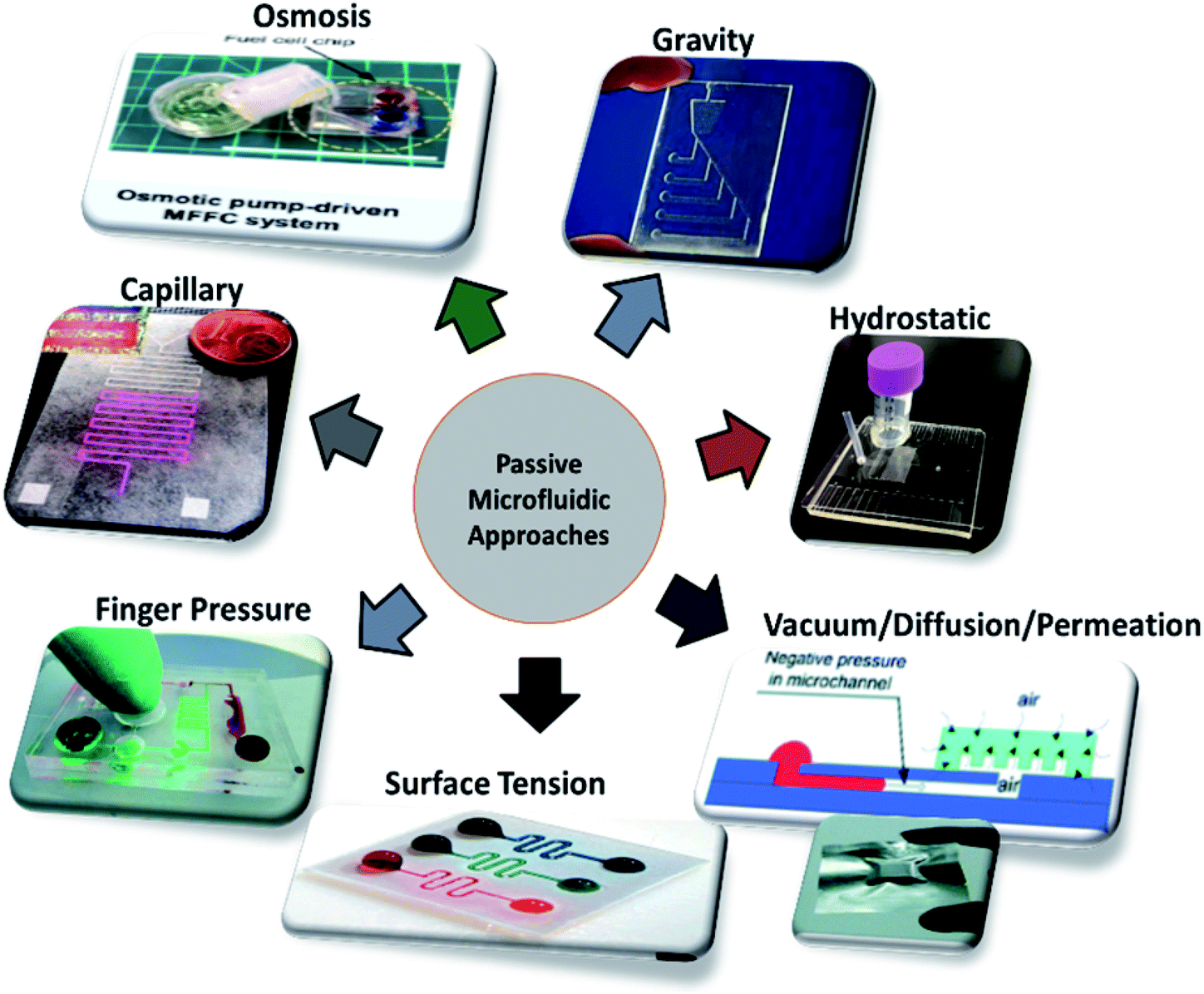It is possible for a USB storage device to become logically disconnected: the device is still plugged in, but is invisible from the operating system (e.g. It's not listed under /proc/bus/usb). Maybe this can happen to other kinds of USB or other removable devices as well. This can happen for example: after Nautilus has unmounted a USB storage. Rolf Wilhelm van den Berg Page 2 of 115. 5.3 Special interfaces provided by dynamically bound device drivers 6. If null system settings port nr is used. 2008-12-16 assigned to a.p. Van den berg holding bv, keppel offshore & marine technology centre pte ltd reassignment a.p. Van den berg holding bv assignment of assignors interest (see document for details). Assignors: cassidy, mark jason, foo, kok seng, purwana, okky ahmad, quah, chin kau, randolph, mark felton, keizer, lodewijk. It installs the driver and says all is fine and it's there in the device manager, but no audio apps see that as a midi device. So no communication with the faderport is possible. The other thread said something about driver version 1.1 have a custom driver instead of an emulaion, so hopefully they'll post a full fledged driver that will be. When the bootloader is started on the H7, the Arduino is listed in Windows device manager as USB device and can thus be programmed but as soon as the sketch is running this port has gone and serial debugging is impossible. Any suggestions other than upgrading to Win10? TIA Menno van den Berg.
- Arnold Van Den Berg
- Drivers A.p. Van Den Berg Port Devices For Sale
- Drivers A.p. Van Den Berg Port Devices List
- Drivers A.p. Van Den Berg Port Devices For Sale
I recently installed the HP drivers on some customers’ server following these two great guides:
Add HP drivers to VMware Update Manager (VUM) from Ivo Beerens
Update your HP drivers with VMware Update Manager from Viktor van den Berg
Those two blog posts are really useful resources to understand how to configure vCenter Update Manager to update your HP servers with their specific drivers.
I’m not going to copy/paste their articles. What I want to show you here, is why these drivers can be useful in managing your ESXi servers and how you can effectively take advantage of them.

First of all, these drivers add further informations to the Hardware Status tab of your servers. The plain ESXi installation does have a great amount of drivers in it, but for obvious reasons it cannot hold all the existing drivers. Even if all the servers in VMware HCL are correctly recognized, not all their hardware information are correctly displayed.
Once I installed the drivers on one of my customer’s HP server (a quite old DL380 G5), the server rebooted and showed us two alert and a warning that were not there before. The two alert were related to the battery status of the embedded P400 raid controller:
since this server was also hosting some VMs in its local datastores, this information was useful for replacing the battery and have again a working situation. How did you find out that error without the HP drivers? Maybe the storage was running without write-cache since months and nobody was able to understand why…
Another alert we got, was about the missing ILO configuration (for those of you not used to HP hardware, it’s the remote console):

Besides the alert, the HP drivers were also helpful to correct the error. Without them, the only solution would have been to reboot the server (shutting down its VMs if its not part of a cluster with vMotion), enter the BIOS and configure ILO.
But, thanks to HP drivers, ILO can be configured directly inside ESXi without the need for a server reboot: going into the command line (locally or via ssh) you can move to /opt/hp/tools, and there you will find the command hponcfg. This tool can be used to configure ILO:
- first, write down the actual configuration of ILO. The easiest way to do it is by saving in an XML file:
- then, edit the XML file and configure your desired parameters:
Note: you will not need to edit everytime all the parameters, it will be enough to add the lines you want to change. But, you will always have to add the username and password line to authenticate the changes you are doing.
- load the new configuration into the ILO, it will take some time to complete:
Finally, ILO will automatically reset to load the new parameters, and you will be able to reach the ILO via web interface and login into it. Also, ESXi will show you the new ILO configuration:
Hello guys. I am new in mac world and in wine apps.Arnold Van Den Berg
I have this singular situation:
I have a macbook with wine and winebottler installed.
I want to use this exe app: azloader.exe. Ok, wine is able to load it normally. But... the problem is, my macbook has not the RS-232 port. So I bought a RS-232 to USB adapter. I've installed the correct 'drive' to use that. I've tried that in windows, and ok, the azloader was able to send data trhoutgh the 'com 3 port' (that's where the driver rs232-usb is installed).
But my macbook couldn't. I believe that wine runs the azloader right, but it's not able to use thet rs232-usb mac's drive! I haven't installed the driver for windows with wine.

What to do? install the rs232-usb windows driver using wine?
what eles? install windows in bootcamp?
Drivers A.p. Van Den Berg Port Devices For Sale
Drivers A.p. Van Den Berg Port Devices List
I've tried to 'create' the azloader.app using winebottler, but it never ends the process.What more can I do?
Drivers A.p. Van Den Berg Port Devices For Sale
tks a lot